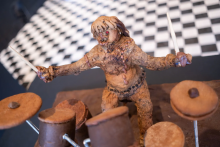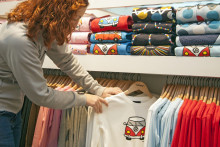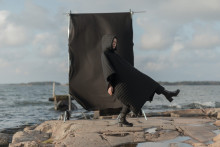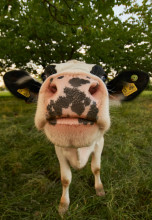Estonian 'Gingerbread Mania' focuses on music
On Wednesday, the "Gingerbread Mania" exhibition was opened at the Tallinn Design and Architecture gallery. This year's exhibition focuses on music.
"Gingerbread Mania" is an exhibition of gingerbread art, which was first opened in 2006. More than 100 artists, designers and architects take part in the event, each making unique gingerbread projects.









